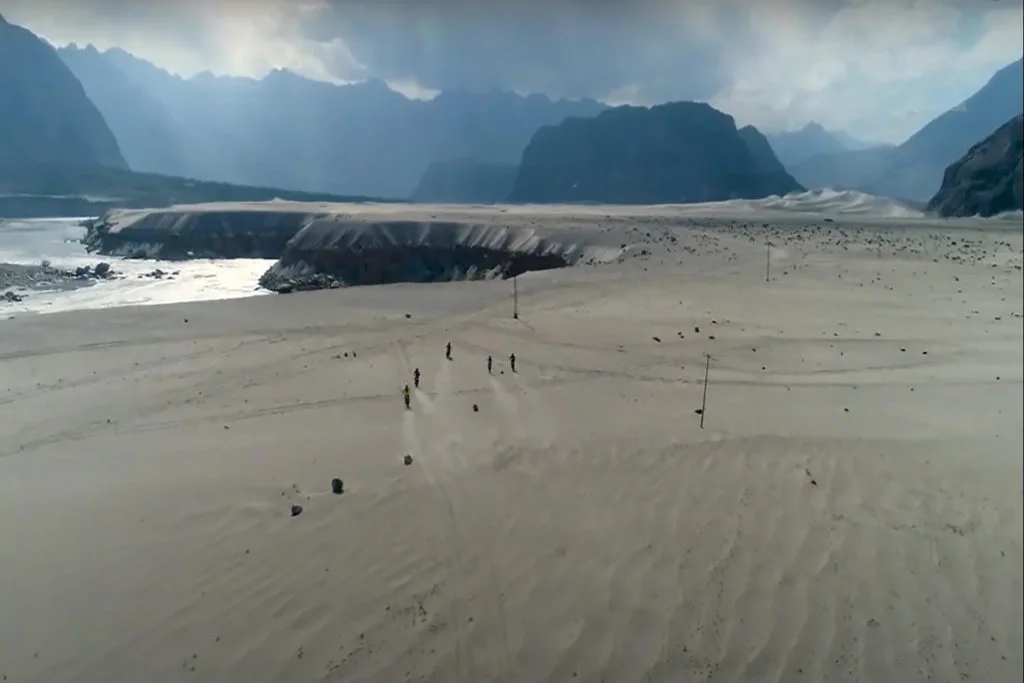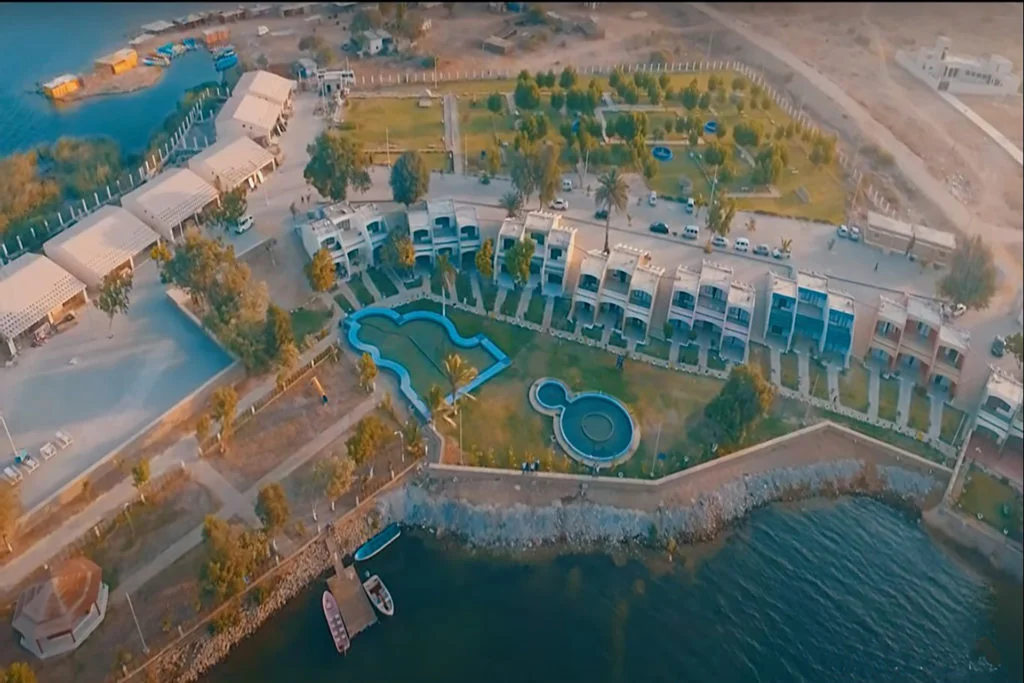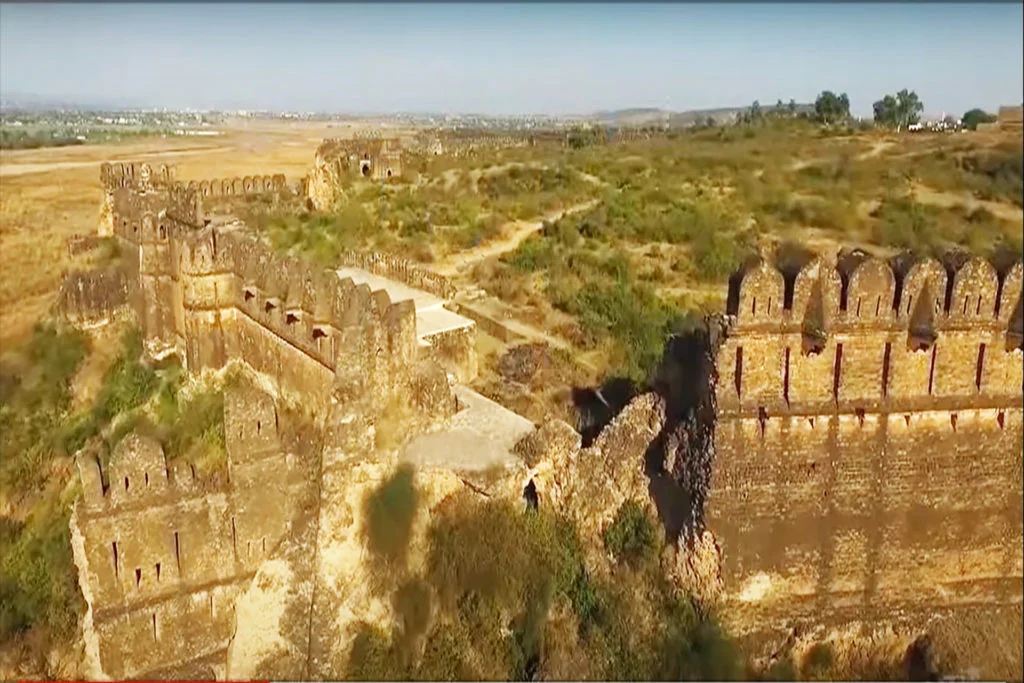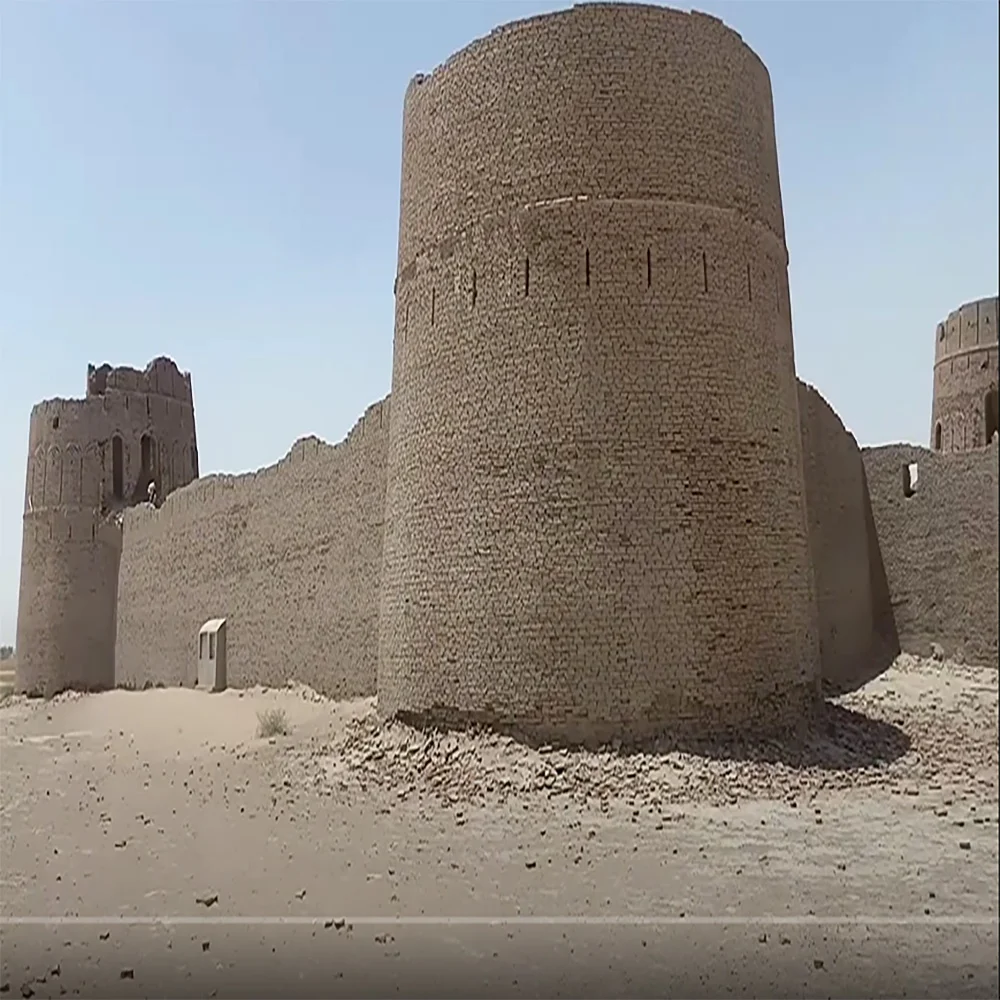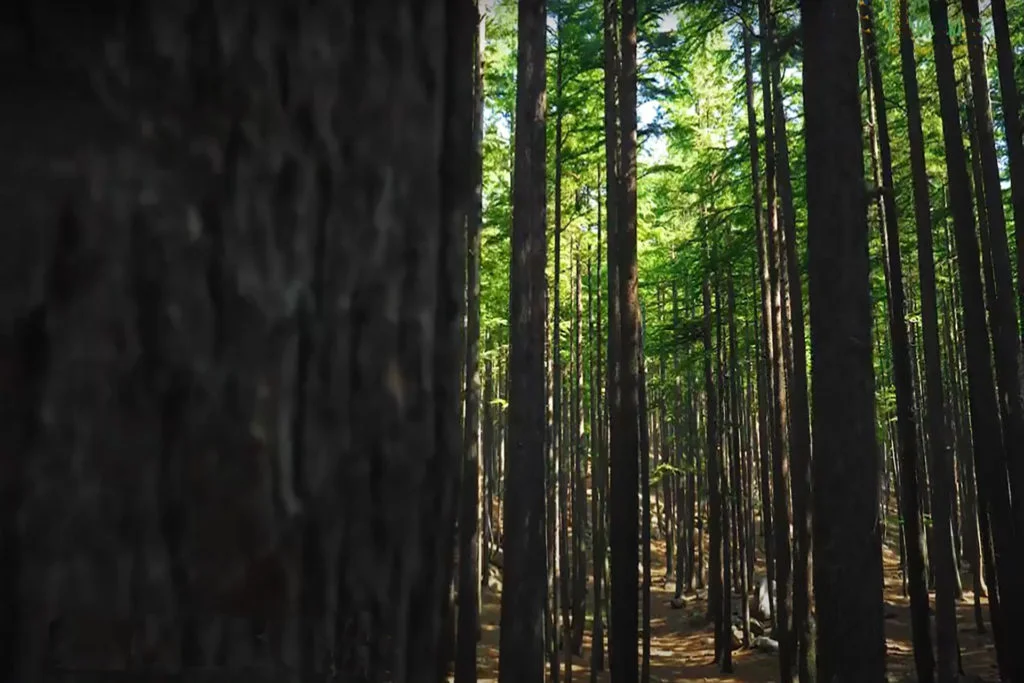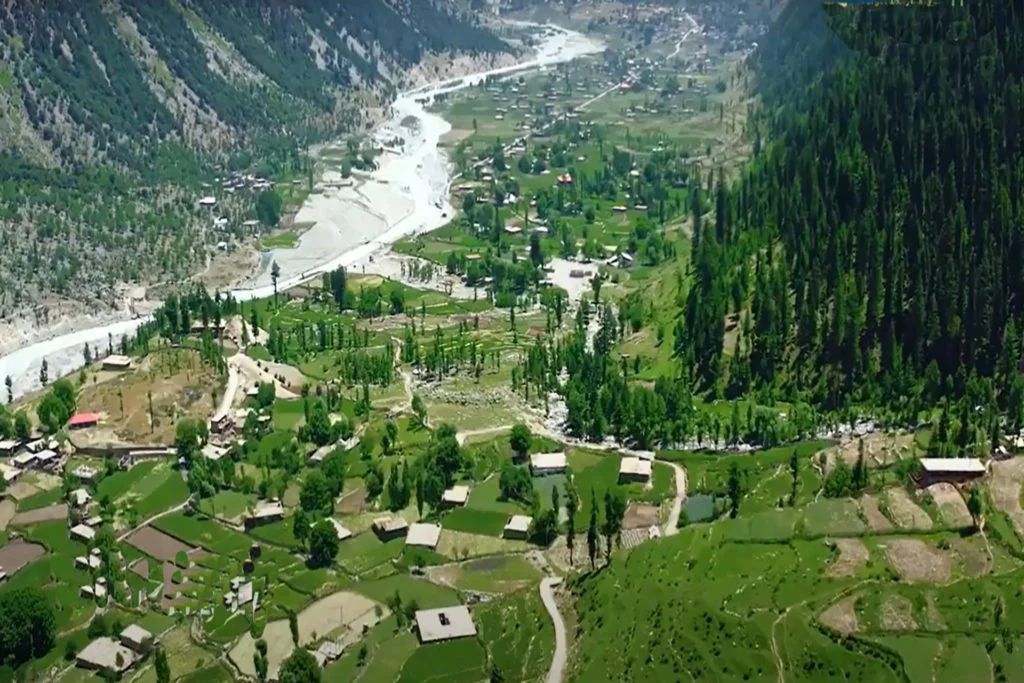Kafir Kot, also known as Kafirkot, stands as a testament to the rich and diverse history of the Indian subcontinent. Nestled within the captivating landscape of the Dera Ismail Khan district in the Khyber Pakhtunkhwa province of Pakistan, this archaeological marvel unveils the remnants of a bygone era. Comprising five temples and a grand fort, Kafir Kot has intrigued historians, archaeologists, and enthusiasts alike for decades.
Historical Significance:
Kafir Kot’s historical roots delve deep into the annals of antiquity. The complex is believed to have served as an ancient Hindu temple and fort, a site of spiritual reverence and military prowess. The temple complex itself is shrouded in mystery, its intricate carvings and architecture providing glimpses into the artistic and religious practices of its time. This hallowed ground was not only a place of worship but also a symbol of the region’s cultural and social dynamics.
Intriguingly, Kafir Kot is not a solitary entity in its nomenclature. It is often differentiated from another site referred to as “southern Kafir Kot,” located in the town of Bilot Sharif, approximately 35 kilometers southward. This distinction underlines the historical and geographical complexity of the region.
Architectural Marvels:
The architectural marvels within the Kafir Kot complex bear witness to the ingenuity and craftsmanship of the past. Two forts, strategically positioned atop small hills, comprise the heart of the complex. The forts boast outer defensive walls constructed from rugged stone blocks, some of considerable size. Amid these walls are clusters of buildings reminiscent of small Hindu temples, adorned with intricate carvings that showcase the artistic flair of their creators.
The stone used in the construction of these structures is unique, a drab-colored stone that is said to have been transported all the way from Khushalgarh via the river. The scale of the complex suggests its capacity to house a substantial garrison, a testament to its historical importance.
Legends and Legacy:
The narratives woven around Kafir Kot add an air of mystique to its already captivating allure. Legends whisper that the forts were once the domain of Hindu Rajas, notably Til and Bil, the last remnants of a bygone era. However, the traces of these rulers and the lives they governed have faded into the passage of time.
Unfortunately, Kafir Kot’s fate took a turn during the 11th century when it met destruction at the hands of the Ghaznavids. Despite this, the remnants of this once-thriving complex have persisted, offering modern generations a glimpse into the historical tapestry of the region.
Geographical Tapestry:
Kafir Kot’s location is key to its historical significance. Situated near the Chashma barrage and overlooking the Indus River, its strategic positioning underscores its role as a defensive stronghold and a center of cultural exchange. The proximity to the river facilitated the transportation of unique construction materials, highlighting the complex’s ties to distant regions.
Legacy Beyond Borders:
The influence of Kafir Kot has transcended geographical boundaries. Sculptures and architectural components excavated from the site have found their way into museums across Pakistan and the world. Notably, the British Museum houses one of the most extensive collections from Kafir Kot outside Pakistan, showcasing the global appeal of this enigmatic historical site.
In conclusion, Kafir Kot stands as a testament to the intricate interplay of history, architecture, and culture. Its ancient temples and fortifications paint a vivid picture of a bygone era, inviting us to explore the mysteries of the past and reflect on the enduring legacy of this remarkable complex.

